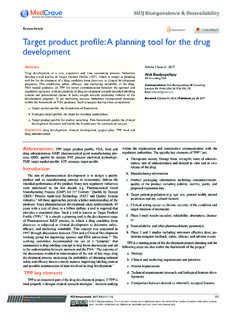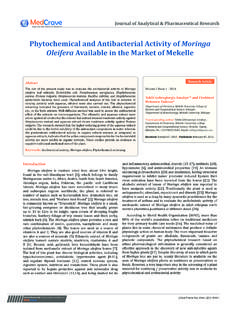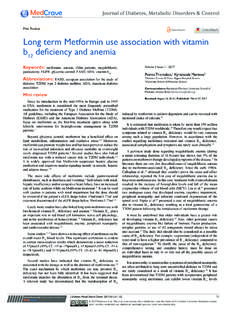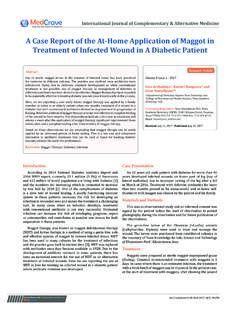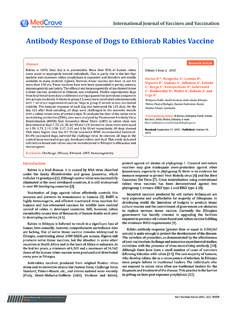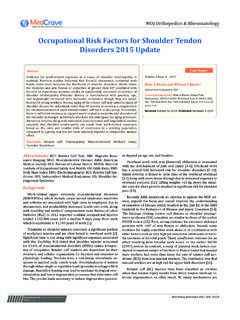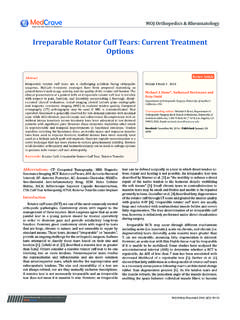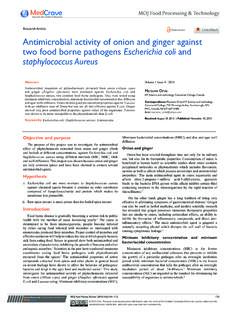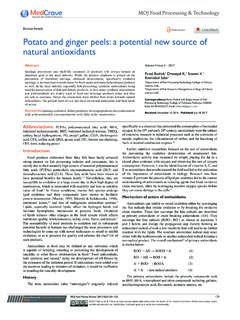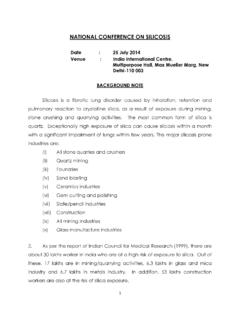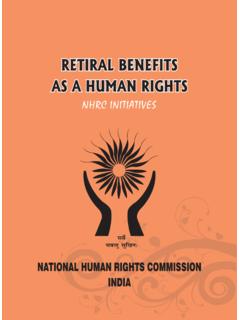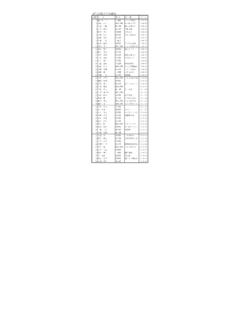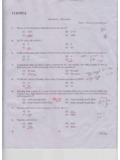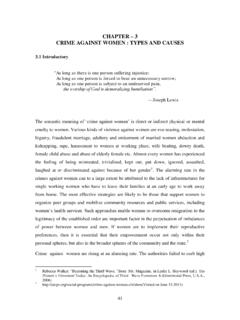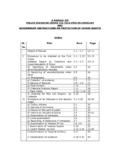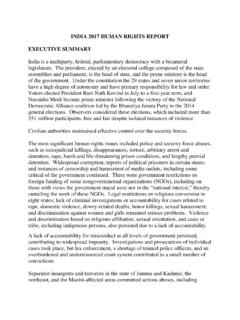Transcription of Willingness to Pay for Health Insurance in …
1 MOJ Public Health Willingness to Pay for Health Insurance in mangalbare village development Committee of Illam District Abstract Research Article Background: Health financing in Nepal mainly relies on out-of-pocket system, Volume 5 Issue 2 - 2017. which gradually is pushing people in vicious circle of poverty. In such situation, Health Insurance is widely recognized substitute mechanisms for alternative financing. The main purpose of this study was to study the Willingness to pay for Health Insurance scheme among the peoples of mangalbare village development Committee of Ilam District.
2 1. Department of Public Health , Valley College of Technical Materials and methods: A cross-sectional descriptive study using quantitative Sciences (VCTS), Nepal method was carried out in mangalbare village development Committee of Illam 2. Department of Community Medicine and Public Health , Nepal 3. Department of Community Medicine, KIST Medical College District. Sample size was determined by using decision analyst Statistics and Data and Teaching Hospital Lalitpur, Nepal ( ) and proportionate ward wise random sampling technique was used to select the respondents.
3 Data was collected from 136 respondents through face- *Corresponding author: Padam Kanta Dahal, Department to-face interview. The collected data was analyzed by using Statistical Package of Community Medicine, KIST Medical College and Teaching for the Social Sciences (SPSS) 16. Frequency tables and cross-tabulations were Hospital Lalitpur, Nepal, Tel: +610414709109;. generated with a statistically significant p-value pre-determined at less than Email: Results: Among 136 respondents, 97( ) were willing to pay for National Received: January 01, 2017 | Published: February 08, 2017.
4 Health Insurance Scheme. The median amount that respondents were willing to pay was Rs 500 (Q3-Q1=200) per annum per household. Level of education (p= ) and people with sufficient household income (p= ) were found to be willing to pay with statistical significance. Conclusion: Majority of the respondents were willing to pay for National Health Insurance Scheme. However, people with low economic status and low education level were less willing to pay. Therefore, government needs to consider such groups and establish special incentive program ( government and/or donor subsidies) targeting poor and vulnerable groups.
5 Keywords: Health Insurance ; Ilam; mangalbare ; Willingness to pay Abbreviations: IOM: Institute of Medicine; VCTS: Valley College National Health Insurance (NHI) is a widely recognized and of Technical Sciences; VDC: village development Committee; preferable mechanism to finance the Health care expenditure NHI: National Health Insurance ; NHIS: National Health Insurance of the individuals and to ensure the universal Health coverage, Scheme; CBHI: Community Based Health Insurance Scheme; National Health Insurance Scheme (NHIS) is needed in Nepal.
6 A. STATA: Statistics and Data; NHRC: Nepal Health Research Council; NHIS may have the potential to capture the unregulated out-of- SPSS: Statistical Package for the Social Sciences; WTP: Willingness pocket spending which mainly takes place in private sector in to Pay Nepal where government is passive and weak to control unfair pricing system. There are four models of Health Insurance are Introduction practices in Nepal: Basic Health care is considered as a fundamental right of the A. Private Health Insurance offering by commercial insurers for citizen.
7 In recent years government is trying best to improve middle and high income group, people's access to Health care services in Nepal. The government's commitment to Health is reflected by the increased allocated B. Micro- Health Insurance to low income group by private Health budget in 2013/14 [1]. Health financing in Nepal relies sector, mainly on out-of-pocket model of individual patient, which was C. Community Based Health Insurance (CBHI) by Government [2] which gradually pushing people in vicious circle of in Limited cluster and poverty Moreover, direct payments for Health services in Nepal are unregulated and often high-priced by the individual Health D.
8 Social Health Insurance available to government and care facility. As, about 30% people in the country are below the corporate employees [4]. poverty line [3], implicating that they are unable to bear the high E. National Health Insurance Scheme which is going to cost incurred for utilizing Health services. In such a situation implement in Nepal. Submit Manuscript | MOJ Public Health 2017, 5(2): 00120. Willingness to Pay for Health Insurance in mangalbare village development Committee Copyright: 2017 Khatiwada et al.
9 2/4. of Illam District Even though the CBHI schemes cover a limited population interview and confidentiality and anonymity was maintained. at community level, there appears a direct need of social Health Collected data were edited on the same day. Edited data were Insurance scheme with wider coverage. Also the past reality of entered in Epi Data and analysis was done by using SPSS. different challenges faced by Government run CBHI programme, 16. Frequency tables and cross-tabulations were generated. such as lack of support from upper level, financial efficiency, pro- Chi-square test was used to determine statistical significance of poor challenges, sustainability and limited coverage [4], warrant observed differences in cross tabulated variables.
10 A p-value less the need of social Health Insurance schemes. In such situation the than was considered significant at 95% level of confidence. best solution would be Government run National Health Insurance Programme where there is both government and individual Results and Discussion contribution for Health care financing. So, before implementing A total of one hundred thirty six respondents were the National Health Insurance Scheme, it is necessary to know interviewed. The age distribution of the respondents ranged from whether the people are willing to pay what government wants 18 to 75 years.
